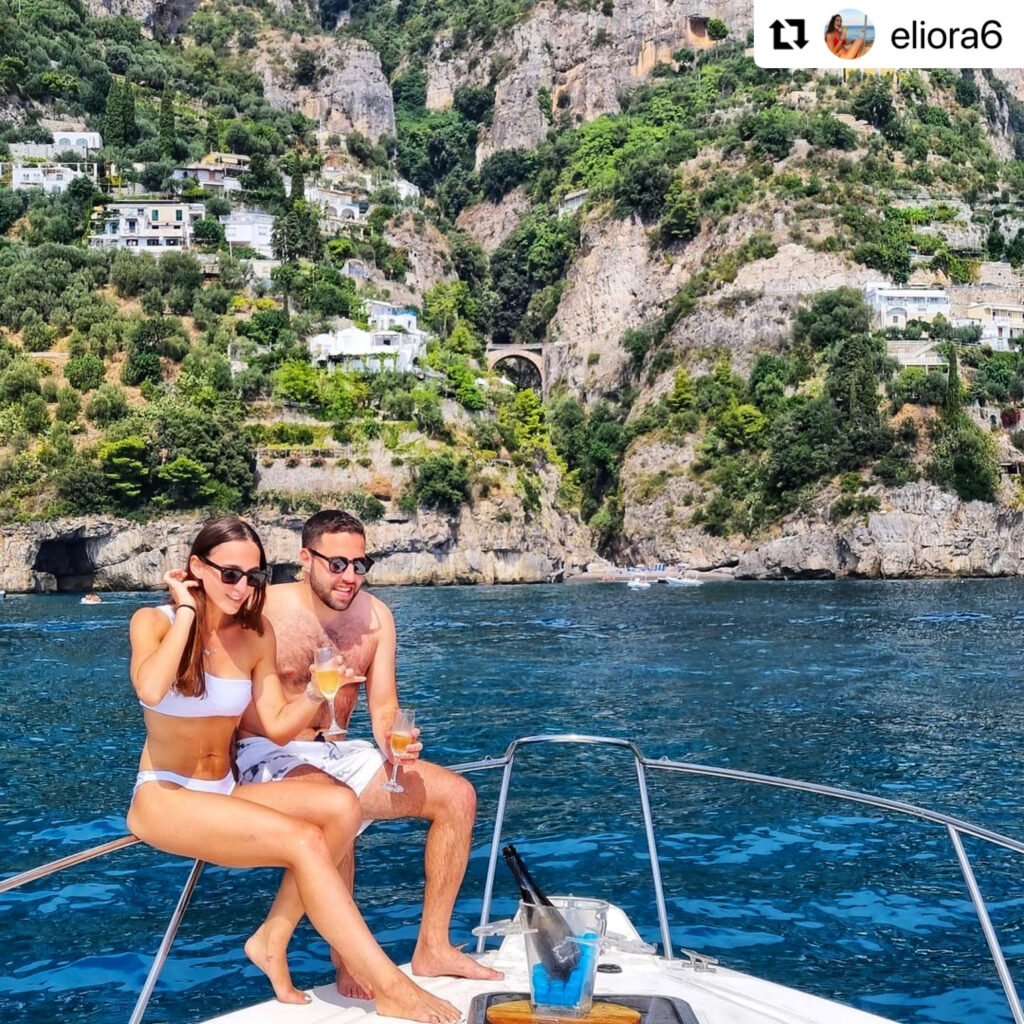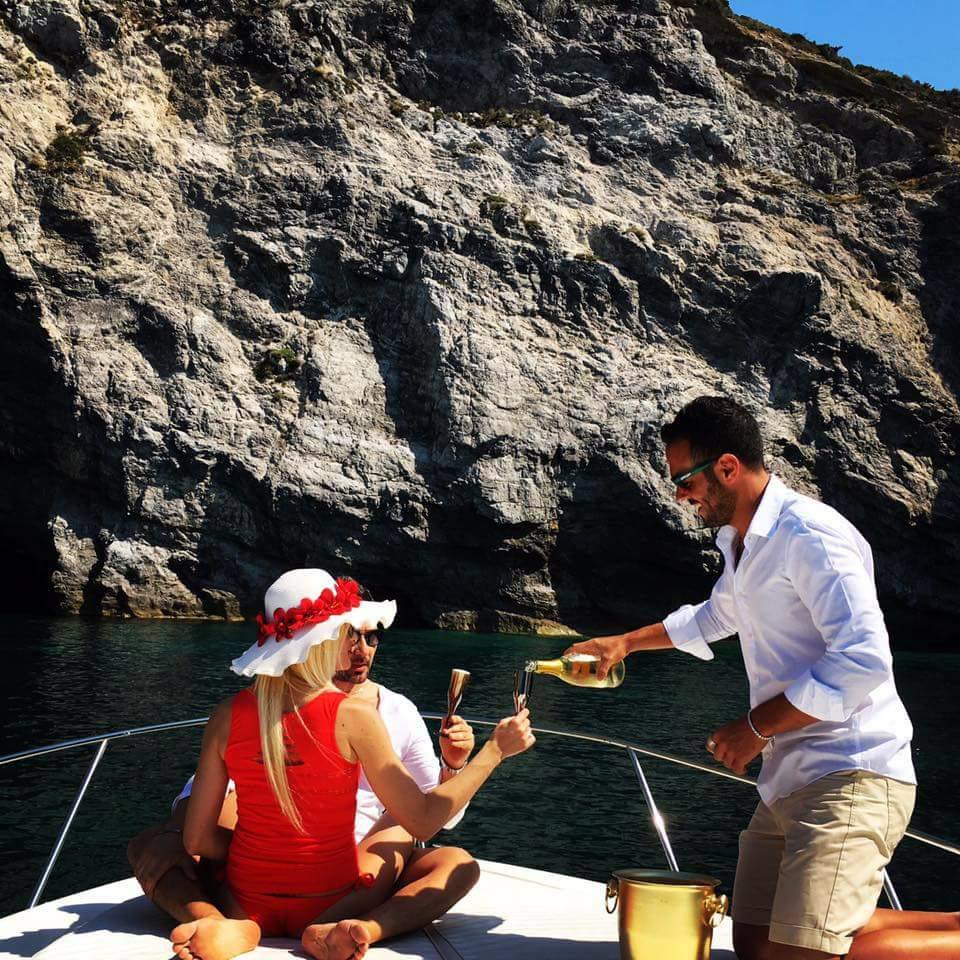
What is the Dolce Vita?
The Dolce Vita is a term that refers to the sweet life or good life in Italian. It is a lifestyle that emphasizes pleasure, enjoyment, and relaxation. The term is closely associated with the cultural and social phenomenon that emerged in Italy in the 1950s and 1960s.
Origins of the Dolce Vita
The origins of the Dolce Vita can be traced back to the post-war period in Italy. After the Second World War, Italy experienced a period of economic growth and prosperity, and there was a renewed sense of optimism and hope in the country. This period was characterized by a desire for pleasure and enjoyment, as well as a rejection of traditional values and conventions.
The Dolce Vita in Popular Culture
The Dolce Vita became a cultural phenomenon in the 1950s and 1960s, largely due to the influence of Italian cinema. Films such as Federico Fellini’s La Dolce Vita (1960) and Michelangelo Antonioni’s L’avventura (1960) captured the spirit of the times and helped to popularize the concept of the Dolce Vita.
The Dolce Vita also became associated with a number of celebrities who frequented Italy during this period. Actors such as Sophia Loren, Marcello Mastroianni, and Brigitte Bardot were often seen in Rome and other Italian cities, adding to the glamour and allure of the Dolce Vita.



Impact of the Dolce Vita
The Dolce Vita had a positive impact on the economy of Italy. Tourism was one of the main beneficiaries of Italy’s positive image in the world. The Dolce Vita attracted visitors from around the world, seeking unique and unforgettable experiences. Cities like Amalfi Coast, Rome, Florence, Venice, and Milan became important tourist destinations, with millions of visitors each year.
In addition, the Dolce Vita contributed to the growth of the Italian fashion industry. Italy became a global reference point for fashion and style, thanks to the quality of its fabrics, the creativity of its designers, and the skill of its artisans.
Traditions of the Dolce Vita
The Dolce Vita is also associated with a number of traditions and festivals that are part of Italian culture. Among the most famous festivals are the Venice Carnival, the Sanremo Italian Song Festival, the Italian Republic Day, and the Ferragosto Festival.
In addition, there are some Italian traditions that reflect the Dolce Vita. The “passeggiata,” for example, is an Italian custom that consists of an evening walk through the streets of the city center, where people socialize and enjoy the beauty of the city.
The “aperitivo” is another Italian tradition associated with the Dolce Vita, which consists of a pre-dinner drink accompanied by tasty snacks. It is a moment of relaxation and conviviality, where people gather with friends and family.

In conclusion, the Dolce Vita represents the best of Italian culture, from its traditions and festivals to its art, culture, and lifestyle. The Dolce Vita had a positive impact on popular culture, the economy of the country, and the image of Italy in the world. If you are traveling to Italy, do not miss the opportunity to experience the Dolce Vita and discover all its wonders.
